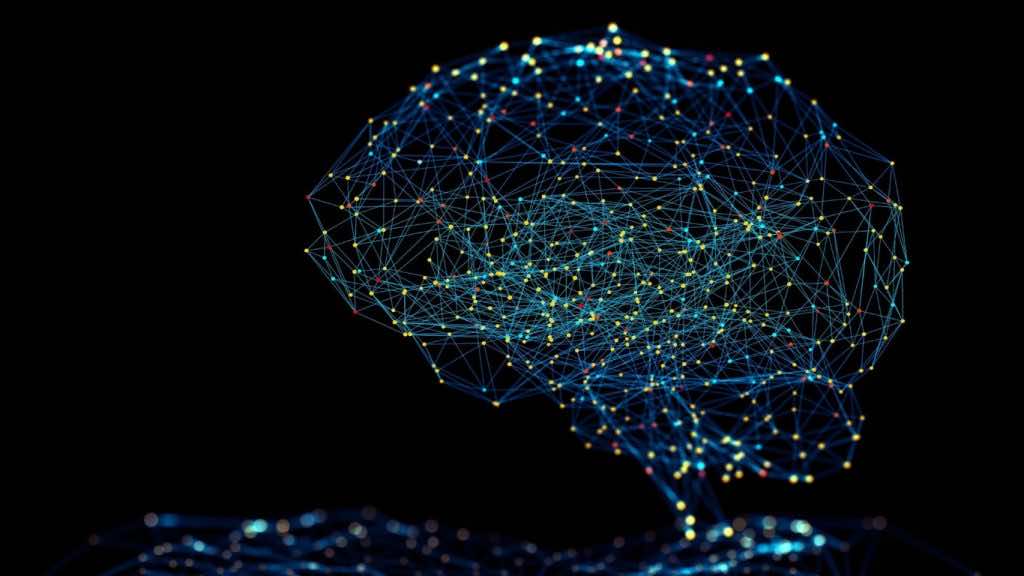International physicists got together to use artificial intelligence (AI) to compress a highly complex quantum problem that had more than 100,000 equations, into a problem with just four equations, Phys.org has reported. The results were also correct!
The research was mostly led by Domenico Di Sante, an assistant professor at the University of Bologna in Italy, focused on the Hubbard model that tries to explain the transition between conducting and insulating systems.
The Hubbard Model came in 1963 and it tries to explain the behavior of electrons when placed on a grid-like lattice. Under the model, when two electrons occupy the same site on the lattice, they interact, and their fates become quantum mechanically entangled, even when placed far apart.
Researching electron behavior helps physicists explain the different phases of matter.
To simplify the tasks involved, physicists used a mathematical apparatus called a renormalization group, which keeps track of all electron interactions. The list of equations associated with this can be exhaustive!
Di Sante and his colleagues decided to experiment with AI in this domain. The software first created connections between the renormalization group and then adjusted the strength of those connections to find a small set of equations that generated the same solution as the original group, Phys.org said in its report.
“It’s essentially a machine that has the power to discover hidden patterns,” Di Sante told Phys.org. “When we saw the result, we said, ‘Wow, this is more than what we expected.’ We were really able to capture the relevant physics.”
Additionally, Di Sante and his colleagues are now investigating how machine learning worked in this situation to provide insights into how it works and what physicists have missed out on.
The research findings were published last week in the journal Physical Review Letters.

